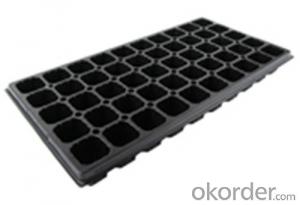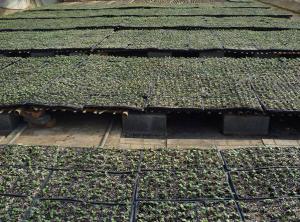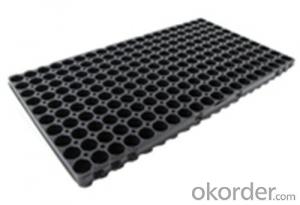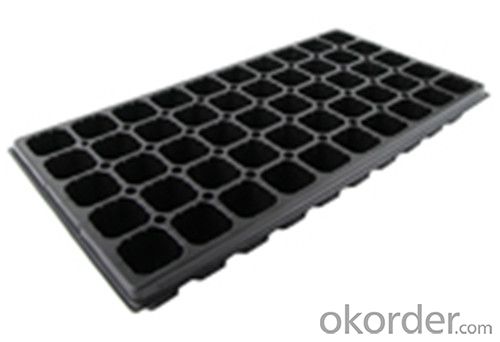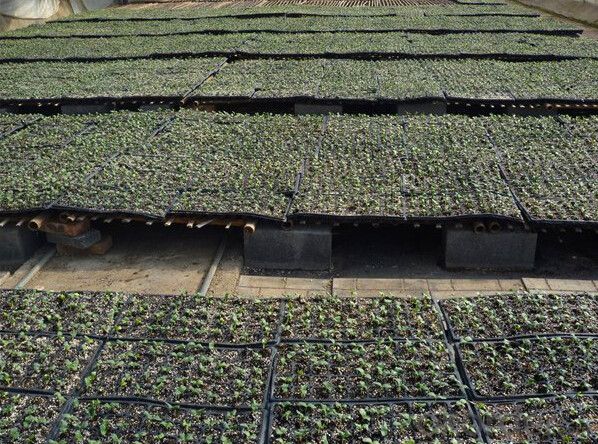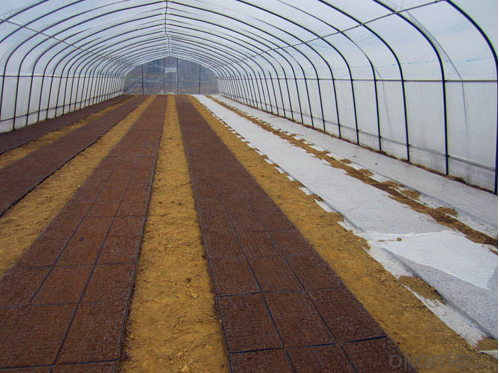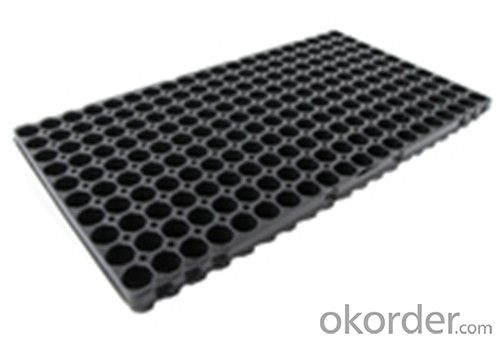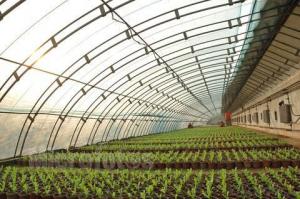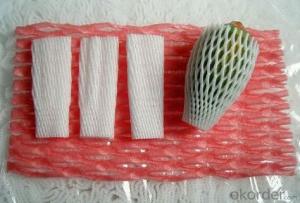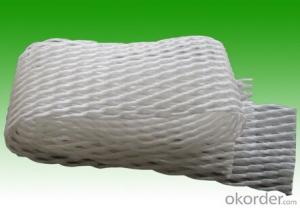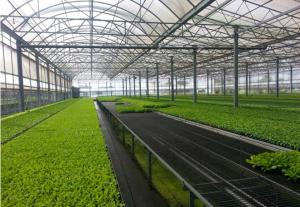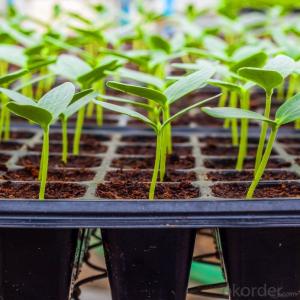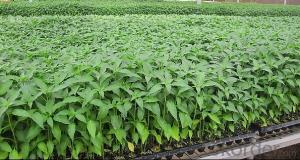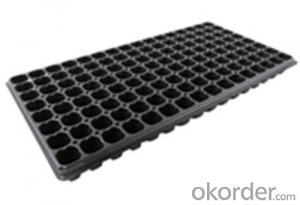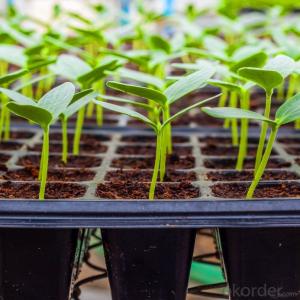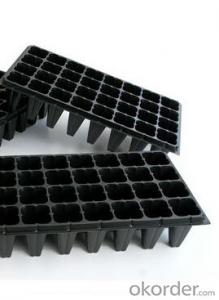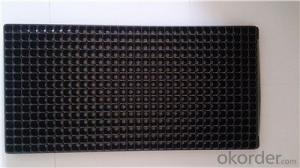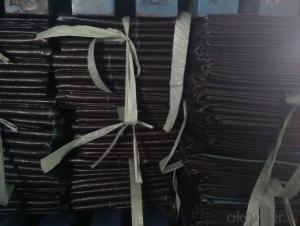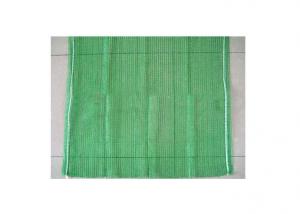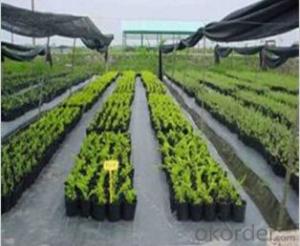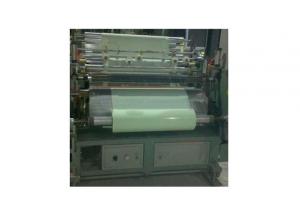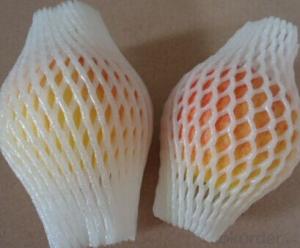Nursery Seeding Tray HIPS Seed Tray Plastic Tray
- Loading Port:
- China main port
- Payment Terms:
- TT or LC
- Min Order Qty:
- 1000 pc
- Supply Capability:
- 10000000 pc/month
OKorder Service Pledge
OKorder Financial Service
You Might Also Like
Structure of the seed tray:
· Top quality and competitive price.
· Variety design and good appearance.
· Easy to use, and remove.
· Durable and reusable.
· Eco-Friendly.
Description Main Features of the seed tray:
· Ideal for Starting seeds and Transplanting Seedling.
· Suitable for both manual and automatic planting.
· Suitable for Propagating Vegetables, Flowers and other plant from seed in green-house or indoors.
Thickness vs. Weight
· Thickness of trays are from 0.5mm to 1.0mm.
· 1.0mm: 155g±5g; 100pcs/ctn.
· 0.9mm: 140g±5g; 120pcs/ctn.
· 0.7mm: 110g±5g; 150pcs/ctn.
· 0.6mm: 95g±5g; 180pcs/ctn.
· 0.5mm: 80g±5g; 200pcs/ctn.
·
Using time:
· thickness of 0.5mm can be used 1 to 2 times.
· thickness of 0.6mm can be used 3 to 4 times.
· thickness of 0.7mm can be used 5 to 6 times.
· thickness of 0.8mm can be used 7 to 8 times.
· thickness of 0.9mm can be used 8 to 9 times.
· thickness of 1.0mm can be used 8 to 10 times.
Seed Tray Specification:
Material | ps/pvc |
Thickness | 0.5mm-1.5mm, standard:1mm |
Weight | 80g(±5)g-230g(±5)g, Standard weight:155g(±5)g |
Size | length:490mm-540mm, width:190mm-345mm,depth:25mm-150mm Standard:54mmX28mm |
Cell count | 18-512 |
Package | in carton |
Using time | 8-10 times |
FAQ:
Q:How Can I Get A Sample?
A:You can get samples by communicate with our export sales.
Q:How Long Is Delivery?
A:Delivery time will be 7-25 days according to order quantity.
Q:What Is The MOQ?
A:Our MOQ is 1*20FT container quantity, allow to mix several items.
Q:What Is Our Normal Payments Terms?
A:Our normal payment terms now is T/T, L/C or Western Union,Papal.
Q:How Do I Order Your Products?
A:You can check our website for any items you interest and you can also get communication with our export sales and order for it accordingly.
Q:What Kinds Of Material We Use In Our Product?
A:Our plastic flower pots use material such as PP polymer or PE polymer.
- Q: Are agricultural plastic products safe for soil microorganisms?
- Yes, agricultural plastic products can be safe for soil microorganisms if they are properly managed and disposed of. However, certain types of plastics, such as those containing harmful additives or chemicals, can have negative impacts on soil microorganisms. It is essential to choose biodegradable or compostable plastic alternatives and handle them responsibly to ensure the health and balance of soil ecosystems.
- Q: What are the best ground cover plants for attracting butterflies?
- Some of the best ground cover plants for attracting butterflies include butterfly weed (Asclepias tuberosa), creeping thyme (Thymus serpyllum), purple coneflower (Echinacea purpurea), and wild bergamot (Monarda fistulosa). These plants provide nectar-rich flowers and serve as host plants for butterfly larvae, making them ideal choices for attracting and supporting butterfly populations in your garden.
- Q: Can agricultural plastic products be used in hydroponic systems?
- Yes, agricultural plastic products can indeed be used in hydroponic systems. These plastic products, such as grow bags, PVC pipes, and net pots, are commonly used to support and hold the plants in hydroponic setups. They provide stability, drainage, and protection to the root system, allowing plants to grow efficiently in nutrient-rich water solutions.
- Q: What is the ideal temperature for seed germination in a nursery tray?
- The ideal temperature for seed germination in a nursery tray varies depending on the type of seeds being planted. However, a commonly recommended temperature range is between 65°F and 75°F (18°C to 24°C) for most seeds.
- Q: What is the best ground cover for suppressing weeds?
- One of the best ground covers for suppressing weeds is mulch.
- Q: Can the use of biodegradable mulch help in minimizing soil erosion and enhancing water efficiency in arid agricultural practices?
- <p>Yes, biodegradable mulch can be effectively used to reduce soil erosion and improve water usage in dryland farming. Mulch acts as a protective barrier that minimizes the impact of raindrops on the soil, reducing the detachment and transport of soil particles, thereby decreasing erosion. Additionally, mulch helps to retain soil moisture by reducing evaporation, allowing water to be used more efficiently by plants. As the mulch decomposes, it also adds organic matter to the soil, which can improve soil structure and water-holding capacity, further enhancing water usage in dryland conditions.</p>
- Q: How are plastic nursery pots used in agriculture?
- Plastic nursery pots are commonly used in agriculture for starting and growing plants. These pots provide a convenient and cost-effective solution for propagating various crops such as flowers, vegetables, and trees. They offer a controlled environment for the plant's initial growth stage, allowing for better root development and protection from harsh weather conditions. Plastic nursery pots also facilitate easy transportation and transplanting, as they are lightweight and durable. Overall, these pots play a vital role in enhancing the efficiency and success of agricultural practices.
- Q: How does agricultural plastic affect crop root development?
- Agricultural plastic can have both positive and negative effects on crop root development. On one hand, the use of plastic mulch or covers can help retain soil moisture, control weed growth, and regulate soil temperature, which can enhance root growth and development. These benefits are especially significant in arid or extreme weather conditions. On the other hand, improper use or overreliance on agricultural plastic can hinder crop root development. Excessive use of plastic mulch may limit oxygen exchange in the soil, leading to reduced root respiration and nutrient uptake. It can also restrict root expansion, resulting in shallow or compacted root systems. Therefore, the impact of agricultural plastic on crop root development largely depends on its proper application, duration of use, and consideration of specific crop requirements.
- Q: How do you prevent pests in nursery trays?
- There are several effective strategies to prevent pests in nursery trays. Firstly, maintaining cleanliness is crucial. Regularly clean the trays, remove any debris or dead plants, and sanitize them properly. Secondly, using high-quality potting soil and sterilized compost can minimize the chances of introducing pests. Additionally, practicing proper watering techniques such as not overwatering and allowing the soil to dry between waterings can deter pests. Lastly, employing natural pest control methods like introducing beneficial insects or using organic pesticides can help keep pests at bay without harming the plants or the environment.
- Q: What is the best way to clean and sanitize nursery trays?
- The best way to clean and sanitize nursery trays is to first remove any excess dirt or debris by rinsing them with water. Then, prepare a solution of mild soap or detergent and warm water. Use a scrub brush or sponge to thoroughly clean the trays, making sure to reach all the corners and crevices. Rinse them well with clean water to remove any soap residue. Finally, sanitize the trays by soaking them in a mixture of water and bleach (1 tablespoon of bleach per gallon of water) for about 10 minutes. Rinse them again with clean water and allow them to air dry before using them again.
Send your message to us
Nursery Seeding Tray HIPS Seed Tray Plastic Tray
- Loading Port:
- China main port
- Payment Terms:
- TT or LC
- Min Order Qty:
- 1000 pc
- Supply Capability:
- 10000000 pc/month
OKorder Service Pledge
OKorder Financial Service
Similar products
Hot products
Hot Searches
Related keywords
